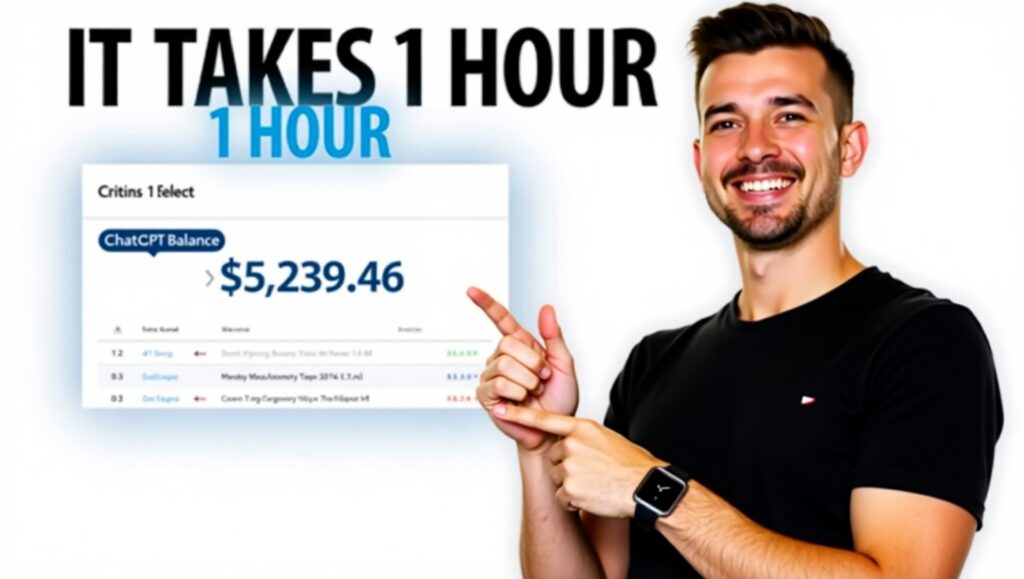
Introduction
Let me tell you something upfront—my first $500 on Etsy felt like a freaking fortune. Was it a six-figure success story? Nope. But it was proof that I could make real money doing something creative, on my own terms, from home.If you’re dreaming of launching (or growing) your Etsy shop, keep reading. I’m breaking down exactly what I did right—and yeah, a few things I totally messed up—so you can skip the guesswork and start earning faster.
Getting Started on Etsy
Creating My Shop from Scratch
I didn’t know a thing about Etsy when I started—no fancy marketing background, no connections, just a curiosity and a few hours a day. Setting up a shop was easy enough, but I quickly realized success was about more than clicking “publish.”
Niche Selection: The Game-Changer
I started with digital prints. Specifically, editable Canva templates for small business owners—thank you, market research! Instead of trying to sell “everything for everyone,” I focused on a niche I understood and could speak to: other hustlers like me.
Branding and Shop Aesthetics
Your shop should feel like a boutique, not a garage sale. I spent time creating a cohesive look—using matching colors, clean thumbnails, and a clear message. My banner wasn’t just pretty; it said who I helped and how.
Product Strategy That Worked
Choosing the Right Products
I tested a few ideas but quickly noticed that my “Instagram Highlight Covers” were getting more attention. I doubled down on what worked and dropped the rest.
Pricing Smartly (Not Just Cheaply)
I resisted the urge to price my products like a clearance rack. Instead, I priced based on value and threw in bonuses to justify it—like a free guide or matching template. That built trust and boosted conversions.
Offering Variations and Bundles
Bundles = higher cart value. I offered packages of 3 or 5 templates instead of just 1, and customers loved the options.
SEO Optimization Done Right
Etsy SEO Basics I Learned
Keywords matter. Like, a lot. I learned to think like a buyer—what would you type if you were looking for your own product?
How I Chose the Right Keywords
I used tools like Marmalead and EtsyHunt, but also searched directly on Etsy. I paid attention to autocomplete suggestions and competitors’ tags. Then, I made my own titles long and clear, not stuffed or spammy.
Writing Product Titles & Descriptions That Sell
Think of your title like a mini billboard. Clear, specific, and keyword-rich. For example:
“Instagram Highlight Covers for Coaches | Neutral Aesthetic Canva Templates”
That tells Etsy and buyers what it is, who it’s for, and what it looks like.
Listing Presentation That Converts
High-Quality Images on a Budget
You don’t need a DSLR. I used Canva mockups and styled them cleanly. Consistency across images made my listings pop.
Product Descriptions That Build Trust
No fluff. I clearly explained what’s included, who it’s for, and how to use it. I also added a mini FAQ right inside the listing to cut down on confusion and messages.
Using Mockups vs Real-Life Photos
Mockups were enough for digital products. But if you’re selling physical items, real-life lifestyle shots make a huge difference.
Promotion Tactics That Actually Worked
Pinterest for Free Traffic
Pinterest is Etsy’s secret weapon. I created vertical pins with keywords and linked them to my listings. Within weeks, I saw referral traffic that led to sales.
Running Etsy Ads (Without Wasting Money)
I tested Etsy ads with a small daily budget ($1–$2). I only promoted listings that were already getting good traffic organically.
Leveraging Instagram Without a Huge Following
I only had 300 followers, but I used Instagram to build relationships, not just shout about my shop. DMs turned into buyers. Reels gave me visibility.
Customer Service That Earned Repeat Buyers
Messaging Etiquette That Built Trust
I replied quickly, used friendly language, and always added value. Even if someone asked a silly question, I treated them like gold.
How I Handled My First Complaint
Yep, it happened. A customer said the file didn’t open. Instead of arguing, I apologized, fixed it, and even sent her a bonus template. She left a 5-star review.
Packaging & Shipping Like a Pro
For physical items, details matter. Even for digital, sending a thank-you message made it feel more personal.
Lessons from Mistakes I Made
What Didn’t Work (So You Can Avoid It)
- Listing too many unrelated products
- Ignoring SEO at first
- Using vague, artsy product titles
Time Wasters vs Time Multipliers
I stopped obsessing over social media likes and started focusing on my listings, SEO, and messaging. That’s what actually moved the needle.
The Psychology Behind My Growth
Mindset Shift: Treating Etsy Like a Business
I stopped saying “I hope someone buys” and started saying “How can I earn a sale today?”
Getting Comfortable with Self-Promotion
Yes, it felt cringey at first. But I realized if I didn’t believe in my product, why would anyone else?
Staying Consistent, Even with Slow Days
Some days, I got no sales. But I kept tweaking, learning, and showing up. That consistency paid off.
Tools That Made Everything Easier
Canva, Marmalead, and More
- Canva: For everything visual
- Marmalead: SEO research
- Google Sheets: Tracking earnings
- Etsy Seller App: Managing orders on the go
How I Automated the Boring Stuff
I used auto-reply messages, email templates, and scheduled posts to save time and stay sane.
Tracking Progress and Tweaking as I Go
Metrics I Watched Closely
- Conversion rate
- Views per listing
- Best-performing keywords
When to Pivot and When to Be Patient
I gave listings at least 2 weeks before changing anything. When something consistently underperformed, I rewrote or replaced it.
Scaling Beyond $500
What I’m Doing Now to Hit $1,000+
- Launching a seasonal product line
- Collaborating with influencers
- Starting an email list
Building Repeatable Systems
Templates, batching, automation—less stress, more sales.
Final Thoughts
If I can make $500 from my kitchen table, so can you. The secret isn’t luck—it’s action. Be consistent, be intentional, and treat your shop like the business it is.
Start messy. Stay focused. And celebrate every win—big or small.

